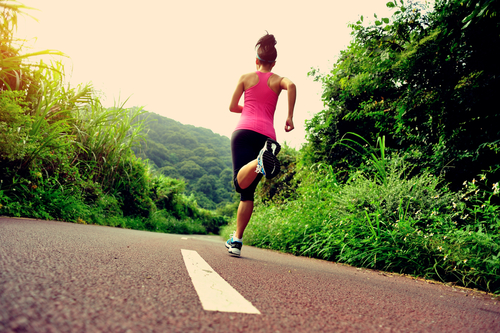
Don’t break the mold…
I retired from a professional career in Classical Ballet about 10 years ago. My career spanned only 10 years but at one point it was fair to say “I’ve been dancing for most of my life”. Along with many wonderful memories and hilarious stories to tell my children and grandchildren, one of the not so fun reminders of a successful career is old injuries resurfacing. Over the course of a career I experienced countless ankle sprains, tendonitis in the hips, ankles, and knees, a fractured arm, endless pulled muscles, a torn hamstring, 2 broken toes, 1 broken pinky finger, bursitis, and shin splints. Believe it or not, this is a pretty common list for a dancer, and other than being incredibly frustrating it never really deterred me. Needless to say when I would tell the Doctor “It hurts when I do this…” and he says “… Then don’t do that” it really ticked me off. There aren’t many injuries that a dancer stops dancing for; most of the time you figure out ways to tolerate pain and brace the injured area, but in retrospect, the Doctor had a very valid point.
Generally speaking, if you have an injury that involves over stretching or tearing in muscles, tendons, or ligaments, then movement will likely irritate the injury and possibly make it worse. It will definitely increase inflammation leading to increased pain and slower healing. So let’s talk options?
Mold something out of nothing…
Diastasis recti is an overstretching of the connective tissue (Linea alba) that attaches the left and right side of the rectus abdominis muscle (6 pack stomach muscle). It’s correct to assume that this will lead to inflammation and pain, but in fact the pain is usually minor. Very few people can detect the sensation of diastasis tearing, and swelling can be hard to distinguish, especially after just giving birth. So, is it possible to create more damage with motherhood? Absolutely! Will pretty-much anything a mom might need to do on any given day worsen it? Yup! Definitely! Is there anything I can do to prevent this? Ta da!!! The “AC BINDER” The AC Binder works as a mold. It compresses the abdomen in two different directions; front to back compression to guide the inner organs inward, and side compression to bring the two sides of the rectus abdominis together. Because our midsection is used for pretty much everything we do from getting up in the morning to taking care of the kids, nothing can completely immobilize this area. What we can do is create a mold, and inside of that mold is where the healing begins.
Cast in the same mold…
The Abdominal Connections 6 Step Program uses every tool available to promote and facilitate the healing of damaged cells as a result of Diastasis. Binding is only one of the 6 steps but without it you leave yourself not only susceptible to re-injury but likely to undo any progress you have already made. It essentially takes the place of the injured muscle by fixing the organs in place, which relieves the pressure on the abdominal wall and allows scar tissue to develop relatively undisturbed; creating a smaller gap and a stronger, more densely-connected Linea Alba. Combining this with any of the other 5 steps will get you that much closer to your goal: healing your diastasis. Yay!
Thanks Doc.
